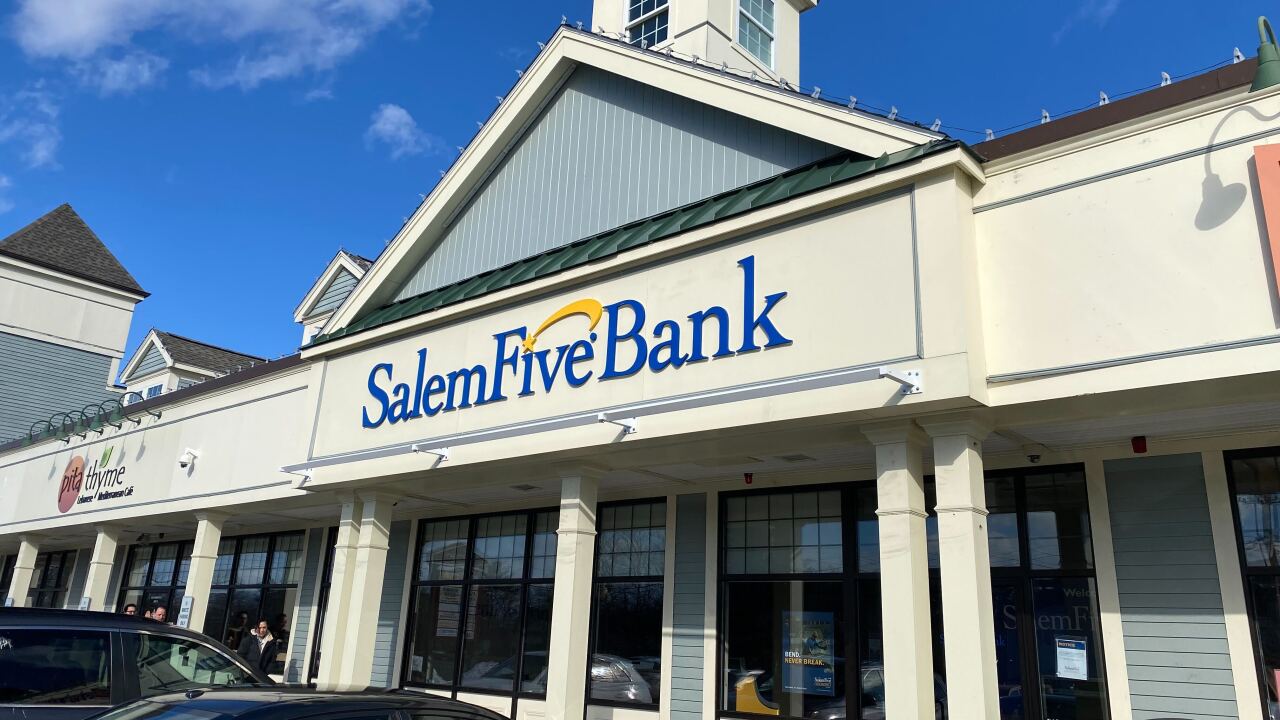This story is part of Credit Union Journal's ongoing special report on fintech, which will run throughout the month of February. Previous coverage
The industry’s next source of loans may rely on social media and forego human interactions.
Milpitas Communications, a fintech headquartered in Silicon Valley, recently unveiled the Loan Lead Generator, an automated chat system integrated with Facebook Messenger. Automated chatbots such as this can be a great way for credit unions to engage with potential borrowers, especially younger members given the social media component, and generate leads for loans.
However, credit unions can’t view this product as a one-stop solution to capture new business and optimize branding, especially if they reply upon burdensome legacy systems and processes to open an account or originate a loan.
"Nowadays, you cannot just be mono-channel,” said Joseariel Gomez, CEO of Shastic. “You have to be everywhere, specifically on channels that people are using. That could be a website or a mobile banking app.”
The new automated chatbot can interact with borrowers through Facebook Messenger and a credit union’s Facebook page by answering common questions and scheduling follow-up appointments. It functions 24 hours a day and throughout the entire year, even on holidays, something that traditional channels can’t always do.
The Loan Lead Generator does not collect member data, and there are no security risks, said Heather Anderson, sales executive. Separated from the loan application process, the chatbot focuses exclusively on capturing leads by helping borrowers, who are in the research phase, get excited about lending products via an automated conversation, she added.
“When people shop on Facebook, they are learning about new brands and generally not ready to buy,” Anderson said. “If you ask them to commit too much, you will scare them away. The Loan Lead Generator takes a softer and less invasive approach.”
Harnessing the power of fintech and social media is a timely approach, especially as people increasingly adopt a mobile-first approach and demand real-time information, said Shastic’s Gomez. Shastic is a California-based fintech that uses robotic automation and conversational artificial intelligence for products.

Traditional financial institutions need to find new ways to connect with borrowers as fintechs have entered the market and are providing more financing to borrowers. Loans from fintechs accounted for 38% of all unsecured personal loan balances in 2018, compared to that of 5% in 2013, according to TransUnion’s Q4 2018 Industry Insights Report. At the same time, credit unions and banks, especially those that still employ legacy communication channels such as email and fax, saw declines in their personal loan market shares.
Utilizing a chatbot is potentially one way to regain this lost market share.
“Speed has now become a huge advantage, and this creates a big struggle for credit unions,” Gomez said. “Younger audiences use social media and text messaging, and [credit unions] are not in the right channel to engage these members.”
Using Facebook can be the first step to revolve this, Gomez said. However, credit unions need to deliver good customer service across multiple platforms, including online, mobile text messaging and social media channels, he added.
Elle, Shastic’s intelligent text messaging platform that can be integrated into credit unions’ existing online banking, mobile banking and loan origination systems, recaptures an average of 25% to 35% of loan applicants who would have otherwise been lost, according to statistics provided by Shastic.
However, channels such as Facebook Messenger remain at the cutting edge, and many credit unions are not necessarily eager to utilize these communication tools just yet, said Mike Long, chief credit officer at the $3.3 billion-asset UW Credit Union in Madison, Wis.
For existing loan applications processed via website and mobile app, data security is embedded within the internal portal, Long said. As a result, credit unions may be wary of utilizing third-parties to facilitate their member outreach efforts.
“We need to do due diligence to completely understand the security protocol of Facebook Messenger before engaging in any meaningful conversations with the service provider,” he said. “It is not on our roadmap at this point.”
Before extending the banking experience into alternative social media channels such as Facebook, the primary focus should be making members’ online and mobile banking experience slick, said Ryan Myers, director at consulting firm Cornerstone Advisors in Scottsdale, Ariz.
Having to visit a physical branch or conduct lengthy phone calls is a deal breaker for some members, Myers added. Credit unions should make the account opening or loan application process intuitive by, for instance, allowing members to use unlimited phone screen space without browsers or multiple clicks, he said.
“If I have a Facebook conversation and, at some point, still being asked to come into a branch or go through some clunky process to open up a new account, that is not any more successful generating loans than our current methods do,” Myers said.




